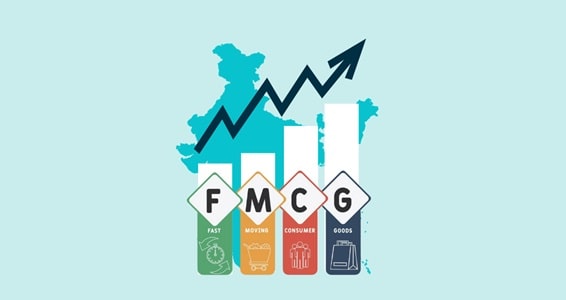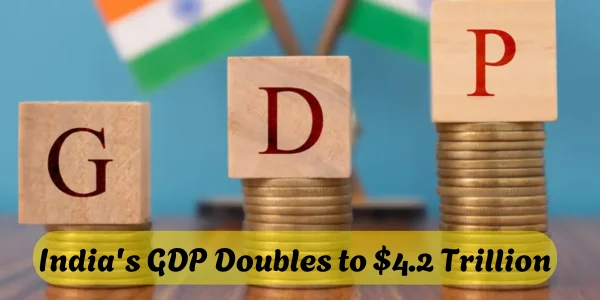India’s Fast-Moving Consumer Goods (FMCG) sector is poised to witness a revenue growth of 7-9% in fiscal 2024. This growth is attributed primarily to price hikes driven by rising input costs, and an anticipated revival in rural demand due to moderating inflation. In contrast to previous fiscal years, where revenue growth was driven largely by higher product realisations, the current fiscal year is expected to see a significant contribution from volume growth.
Rural and Urban Demand Dynamics
Rural demand, which accounts for approximately 40% of the overall FMCG demand, has been sluggish due to steep inflation. However, it is expected to pick up in the next fiscal year as inflation moderates. The Indian government’s initiatives to boost rural infrastructure and increase minimum support prices for key crops are anticipated to enhance rural incomes and spur demand. Urban demand, less affected by inflationary pressures, continues to show steady growth, particularly driven by the rise of e-commerce and direct-to-consumer sales channels.

Segment-Specific Performance
The FMCG sector is broad and includes various segments, each performing differently. The food and beverages segment, which constitutes around 50% of the sector’s revenue, is expected to grow 8-10% this fiscal year. This growth is driven by the essential nature of these goods and their lower penetration in organized retail. Other segments, such as personal care and home care, are also seeing growth, supported by increasing disposable incomes and changing consumer preferences.
Impact of Input Costs and Operating Margins
Operating margins in the FMCG sector are anticipated to see a 100-150 basis points moderation to 18-19% this fiscal year due to higher input costs. Key raw materials like wheat, milk, maize, rice, and crude derivatives have seen price increases, which, coupled with rising selling and marketing expenses, have put pressure on margins. However, the second half of the fiscal year might see some relief due to the softening prices of edible oils and sugar, supporting profitability levels.
Strategic Moves and Investments
The sector is also witnessing strategic moves and investments aimed at capitalizing on growth opportunities. For instance, Varun Beverages announced a significant investment to set up manufacturing plants, which is expected to generate substantial employment opportunities. Similarly, major players like Unilever and Reliance Retail Ventures have made strategic acquisitions to strengthen their market positions.
E-commerce and Digital Transformation
The growth of e-commerce has been a significant driver for the FMCG sector. Modern trade channels, including e-commerce, have shown robust growth rates, with a notable increase in consumer spending on discretionary categories such as personal care and home care products. The trend towards smaller pack sizes in rural areas and stable average pack size growth in urban markets further highlights the evolving consumer behavior.
Government Policies and Market Dynamics
Government policies and initiatives continue to play a crucial role in the sector’s growth. The Union Budget 2023-24 has allocated significant funds to the Production-Linked Incentive (PLI) schemes aimed at reducing import costs, improving cost competitiveness of domestically produced goods, and promoting exports. These measures, coupled with the growing rural market and the increasing adoption of digital and e-commerce platforms, are key growth drivers for the sector.
In conclusion, while the FMCG sector in India faces challenges from rising input costs and inflationary pressures, the anticipated revival in rural demand, strategic investments, and the growth of e-commerce are expected to drive substantial revenue growth in fiscal 2024.

